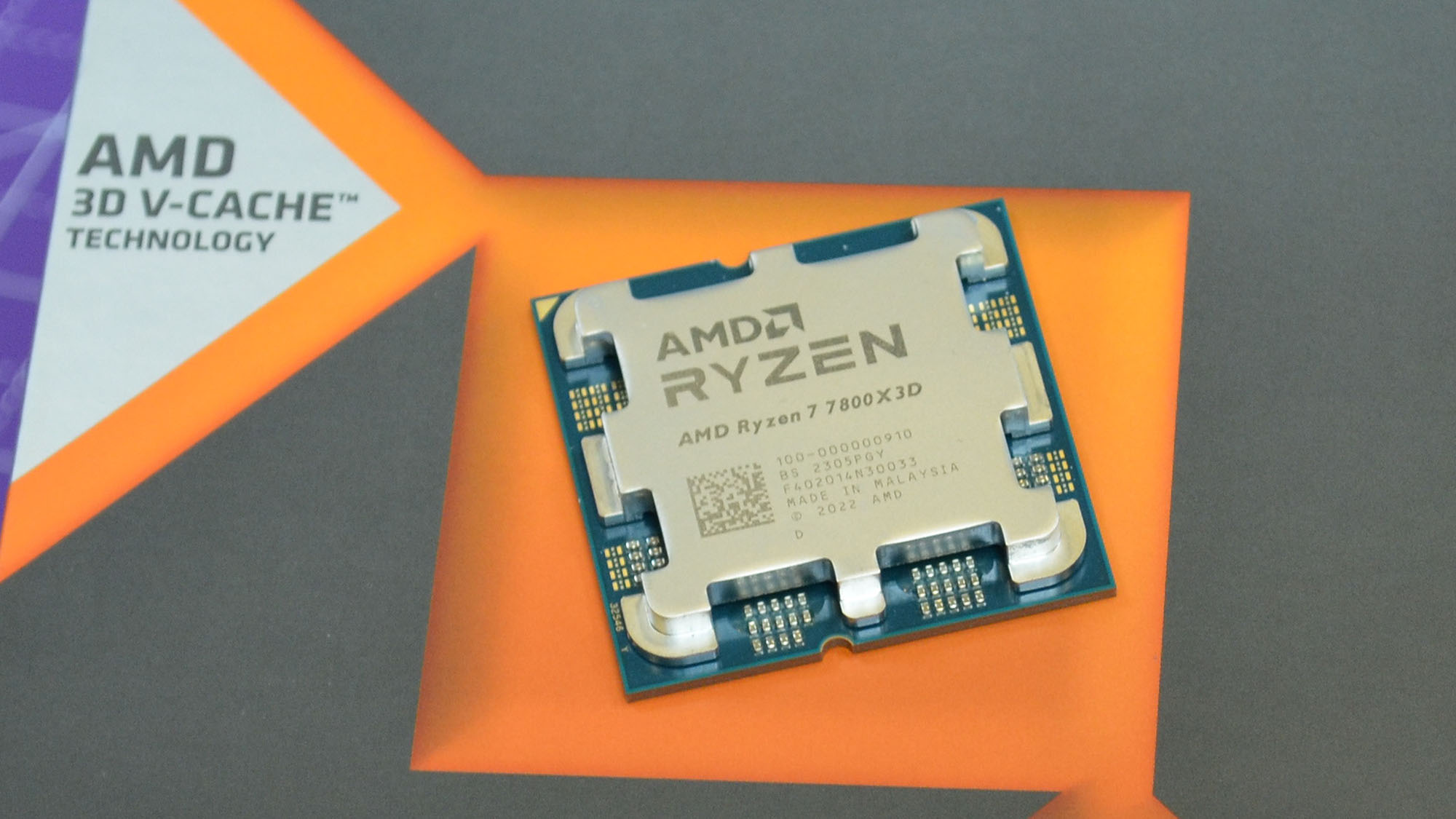The cost of just launching a satellite into orbit is enormous, so lifting everything needed for a temporary settlement up to the moon or Mars – like brick, mortar, concrete, and other building materials – is almost incalculable. That only magnifies when thinking of what's needed to build a permanent presence on another world.
With that logistical challenge in mind, researchers at the University of Manchester (UM) tried to tackle the problem with a somewhat less-than-modern approach. It's one that they hope will be both achievable in the short-term and sustainable in the long-term.
In a study published this week in Materials Today Bio, researchers argued that a protein found in human blood – human serum albumin – bonded with simulated moon and Martian soil to form a biocomposite material that had roughly the same strength as concrete.
What's more, you can strengthen AstroCrete (the name the authors gave to the novel material) by literally adding urine into the mix. Urea, a waste biproduct we excrete though urine, sweat, and tears, adds substantially more compressive strength to the material, potentially by as much as 300%.
"Scientists have been trying to develop viable technologies to produce concrete-like materials on the surface of Mars, but we never stopped to think that the answer might be inside us all along," said Dr Aled Roberts, one of the UM team who worked on the project, is a statement announcing their findings.
Historically, animal blood has been used as a binding agent in mortar because it actually does work. While those who used the biological binding agent didn't know the underlying mechanism that make it work, the UM team studied precisely that and found that the proteins in the blood denature, also known as curdling, which creates extensive structures that bind the material together.
"It is exciting that a major challenge of the space age may have found its solution based on inspirations from medieval technology," Roberts added.
Analysis: building a base on another world through blood, sweat, tears, and pee
While it might seem like a novel solution to draw local materials to build a moon or Mars base, this is pretty much what explorers have always done, for better or worse.
Known formally as in-situ resource utilization, we've usually just called it "living off the land" historically, and not just for food either. Whenever we've explored a new area, whether it be ancient hunters and gatherers, Roman legions, European colonizers, and now astronauts, we have always relied on building up a new society in a new place with the materials that were readily available over there.
Sure, new settlers often brought things with them, but Vikings setting up shop in England in the 300ish years from 800 to 1066 didn't bring the materials for their great halls and settlements in their longboats. They built them out of English wood and whatever else England had handy, much to the despair of the English.
Fortunately, there's no life on the moon or Mars that our settling there will disrupt, but whatever settlements we do end up building out there, they are going to have the character of the moon or Mars far more than they'll look like anything on Earth.
- Stay up to date on all the latest tech news with the TechRadar newsletter
from TechRadar - All the latest technology news https://ift.tt/397WL3A

No comments:
Post a Comment